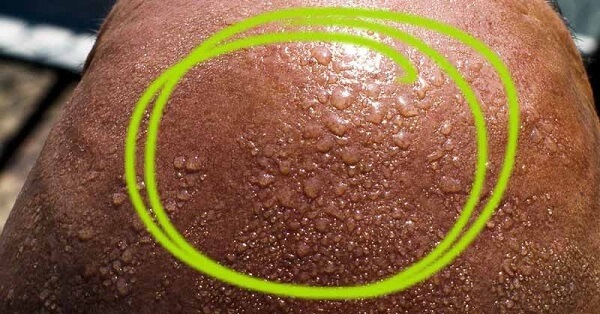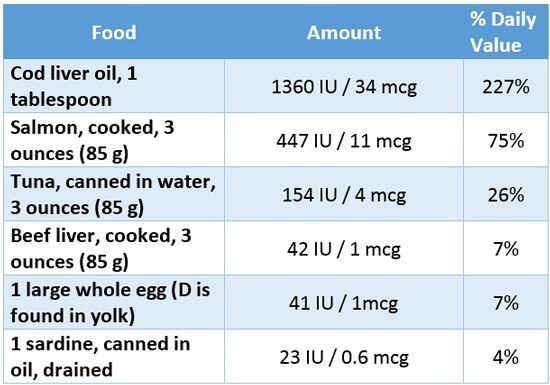The One Nutrient Your Body Must Have That Practically All Foods Are Deficient In Especially Plant Foods

13 Signs of Vitamin D Deficiency
- Chronic Aches and Pains
- Chronic Gum Disease
- Chronic Fatigue and Sleeplessness
- Muscle Weakness
- Bones and Teeth Deterioration
- Depression
- High Blood Pressure
- Mood Swings
- Digestive and Gastrointestinal issues
- Excessive Head Sweating
- Allergies
- Overweight
- Decreased Endurance
How to Get Vitamin D
The USDA recommended daily allowance of Vitamin D is:
- 400 IU’s (10 micrograms) from 0 to 12 months,
- 600 IUs (15 micrograms) from 1 to age 70, and
- 800 IUs (20 micrograms) over 70 and for pregnant and lactating women.
The Food and Nutrition Board limits the upper daily intake of as much as 4,000 IUs (100 micrograms) per day. The Vitamin D Council recommends at least 5,000 IU’s. Some experts recommend as high as 10,000 IU’s daily intake. They believe these recommended daily allowances are way lower than what our bodies need.
I have previously identified the 3 sources to get Vitamin D being sunlight, food and supplements. Also, I have already discussed the considerations around how much sunlight is required so let me move on to food and supplements as sources to get your Vitamin D in the form of Vitamin D3.
Food Sources
First of all, mostly all foods are deficient in the adequate amounts of Vitamin D that our bodies need. With that being said, here is a list of the most significant food sources from which to get Vitamin D3.

Fatty fish is believed to be a good source of Vitamin D but you will need to eat the required servings every single day to get an adequate amount. It seems fish oil would be the only practical source to get your required daily Vitamin D intake on this list.
There are some fortified Vitamin D foods like milk, dairy products and fortified cereals but they only provide minimal amounts.
Supplements
You can find quality sources of Vitamin D3 supplements in adequate amounts in many grocery store pharmacies and health food stores. You can also get a vegan Vitamin D3 supplement derived from lichen.
Be sure to look at the IU’s to make sure you get the Vitamin D3 supplement in the adequate IU’s serving sizes required.
It seems that this one nutrient, Vitamin D and particularly Vitamin D3 is significantly missing in our diets everyday and most of us are not even aware of it. To be able to adequately get the amount that your body needs, you need to look at all the contributing factors, ie. age, race, location, diet, etc, to accurately measure how much you are getting or not getting on a daily basis.
Research is now underway to investigate how to sufficiently assess how much you may need to supplement your diet with given your particular factors.
In all practical purposes, a simple test of your blood can tell you if you are Vitamin D deficient or not and you can go from there.
Shop for Wholesome, Organic Vitamin D Supplements at Wholesale Prices at THRIVE Market.
Sources:
Featured image source: http://www.herbs-info.com/blog/12-signs-you-are-vitamin-d-deficient-and-how-to-get-more/
Image Source: http://eatlocalgrown.com/index.php?option=com_content&view=article&id=13927:all-about-vitamin-d&catid=35:articles&Itemid=148
http://www.ncbi.nlm.nih.gov/pubmed/21310306
http://www.healthline.com/health/vitamin-d-deficiency#2
http://www.herbs-info.com/blog/12-signs-you-are-vitamin-d-deficient-and-how-to-get-more/
http://healthyeating.sfgate.com/raise-vitamin-d3-level-3561.htm
Comments













